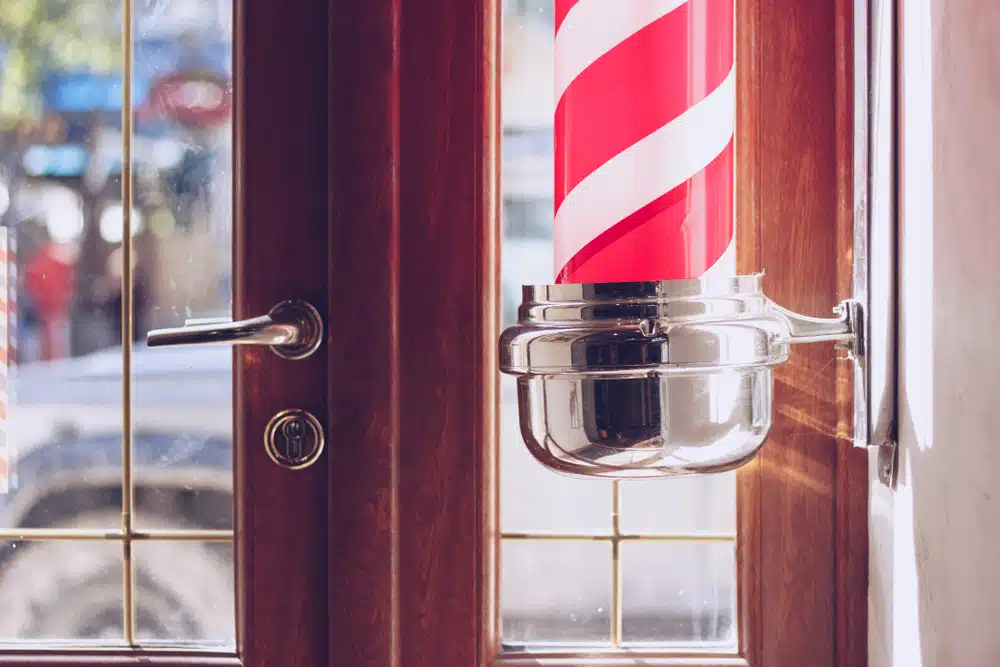During the Middle Ages, “barber-surgeons” not only cut hair and performed surgeries but also extracted teeth. The red and white striped pole outside barber shops today is a relic of this history, representing blood and bandages.
Barber-surgeons were an interesting historical profession that combined the roles of barbers and surgeons. In medieval Europe, particularly during the Middle Ages, these individuals were responsible for a wide range of tasks, including haircuts, bloodletting, wound treatment, and yes, even dental work.
The red and white pole outside barbershops today is believed to be a relic of this historical profession. The red symbolized blood, as barber-surgeons were often involved in bloodletting procedures, while the white represented the bandages used to dress wounds.
When it came to dental duties, barber-surgeons performed extractions, often using rudimentary tools such as forceps and pliers. They were also known to offer remedies for toothaches, which sometimes involved rather unconventional methods such as applying leeches to the gums or using herbal concoctions.
While the practices of barber-surgeons may seem primitive by today’s standards, they were an integral part of healthcare during their time and paved the way for the development of modern dentistry and surgical practices.




